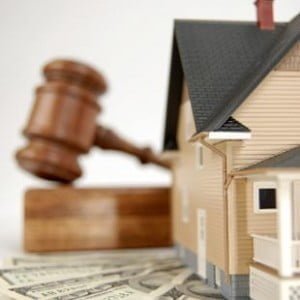The Federal Housing Administration said that beginning Oct. 4th, it will offer a new reverse mortgage option with drastically lower up-front fees than its standard version. The new saver option will allow the senior citizen homeowner to only borrow between 10 to 20 percent which is significantly less than the standard reverse mortgage.
Here’s how it would work:
— Dorothy, age 70, owns a home valued at $300,000. The most she can borrow with a standard reverse mortgage is 66.3 percent of her appraised value or $198,900. Her up-front premium is 2 percent of $300,000 or $6,000.
If she opts for the saver version, the most she can borrow is 54.8 percent of her appraised value or $164,400. Her fee is 0.01 percent of $300,000 or $30.
— John, 80, owns a home valued at $800,000, which exceeds the $625,500 limit. The most he can borrow with a standard reverse mortgage is 71.8 percent of $625,500 or $449,109. His up-front fee is 2 percent of $625,500 or $12,510.
If he chooses the saver version, the most he can borrow is 57.8 percent of $625,500 or $361,539. His up-front fee is 0.01 percent of $625,500 or $62.55.
While the new reverse mortgage option may be beneficial to seniors who are cash poor and need cash for emergencies such as repairs or healthcare; there are many inherent risks to taking out a reverse mortgage. As we have discussed in previous blogs, the FHA has the power to file foreclosure if the debtor fails to pay taxes and the full amount of the loan becomes due as soon as the debtor moves or passes away. Some senior citizens who are facing financial difficulties may be better off considering bankruptcy especially if their home is paid off and they are on a fixed income such as social security.
